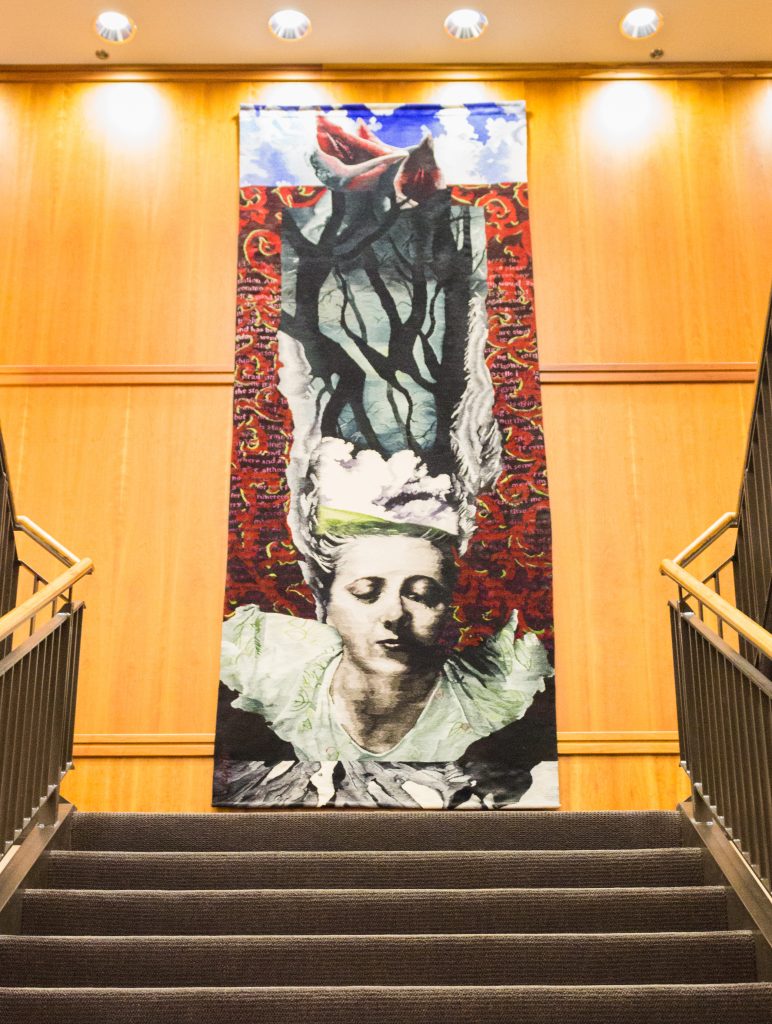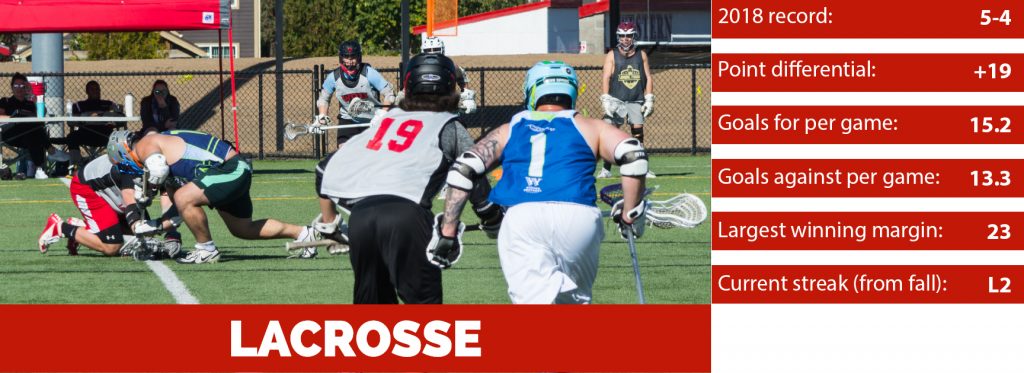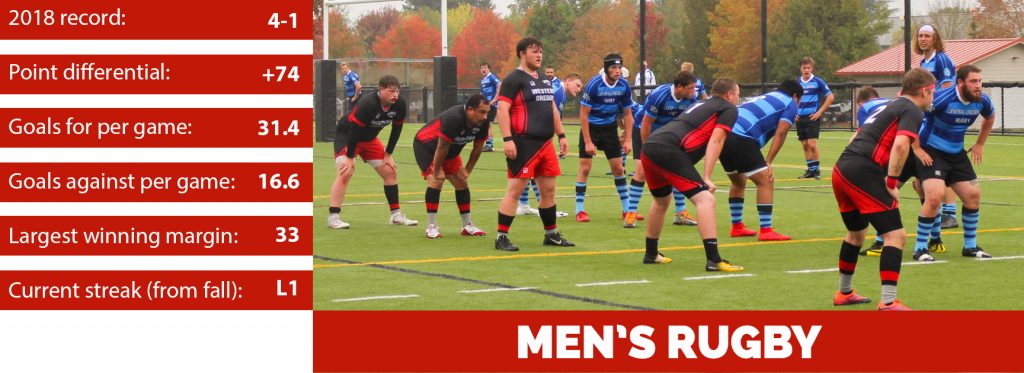
Rebecca Meyers | Lifestyle editor
Western is home to a wide variety of clubs and organizations, from Unidos to the Communication club to the Triangle Alliance. There’s something for just about everyone. However, there’s always room for growth, especially when there are so many topics and interests to cover. For those considering adding to Western’s collection, here’s the basic steps needed to create a new student organization.
Step One: One of the first things a club needs, aside from its founder, is an adviser. Advisers aren’t students but are often professors in topics related to the club. Before moving onto the next step, the club will also have to recruit a minimum of five student members.
Step Two: The founder(s) can start the registration process on OrgSync through Portal, where other students can join the club. The application requires a name for the organization and a categorization of the club — Greek, academic, student government, etc. It also has a place for the founders to give a brief description, a website, and keywords to help other students find the club based on their interests. The organization will also need some way for others to contact, such as their own email address and someone to be in charge of said address.
Step Three: All the organization will then need before becoming official is a meeting time and place, as well as a president and any other positions needed by the club.
Step Four: The organization will also require someone to write a constitution outlining the guidelines and a mission statement to inform potential members of the organization’s purpose.
The process may be long and difficult, but worth it in the long run to help more students find a group they find interest and belonging in.
Contact the author at howllifestyle@wou.edu
Photo courtesy of Ashlynn Norton












